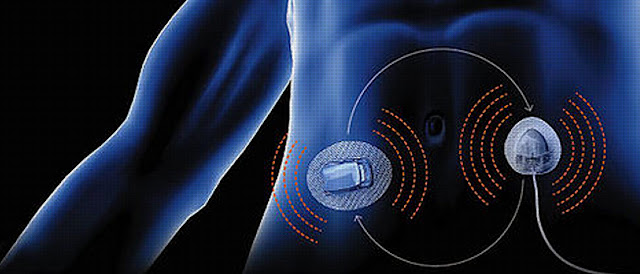Bismuth: A Closer Look at Its Unique Crystal Structure and Growth
 |
| Bismuth |
Bismuth, a fascinating element with distinctive properties, has captivated scientists and enthusiasts alike. In this blog, we will take a closer look at this unique crystal structure and its intriguing growth patterns. Understanding these aspects provides valuable insights into the properties and applications of this remarkable metal.
The Global
Bismuth Market is projected to reach around US$ 500 million by the end of 2027, in terms of revenue,
growing at CAGR of 6.2% during the
forecast period (2019 to 2027).
Bismuth possesses an extraordinary crystal structure,
characterized by its highly layered and stair-step arrangement. It crystallizes
in a rhombohedra structure, forming long, spiralling stair-like layers stacked
upon each other. This unique structure is responsible for this captivating
iridescent hues and brittle nature.
The stair-step pattern arises from the anisotropic growth of
bismuth crystals, resulting in the formation of intricate patterns and ridges
on their surface. This phenomenon, known as the "hopper crystal
growth," occurs due to the selective deposition of atoms during the crystallization
process.
The growth of this crystals involves a combination of high
temperatures and slow cooling rates. When molten this gradually cools down, it
begins to solidify, allowing the atoms to arrange themselves into the rhombohedra
crystal lattice. This slow cooling process facilitates the formation of large,
well-defined crystals.
The hopper crystal growth phenomenon contributes to the
characteristic shapes of bismuth crystals. As the crystal grows, it develops a
unique geometry, with a hollowed-out interior resembling a staircase. The
distinct layers of the crystal structure are revealed through the iridescent colours
displayed on the crystal's surface, creating a mesmerizing visual spectacle.
This unique crystal structure and growth patterns make it a
sought-after material for various applications. Its iridescent qualities make
it desirable in jewellery and decorative items. Furthermore, Bismuth
low toxicity and high diamagnetic properties have led to its use in
electronics, alloys, and pharmaceuticals.
The study of this crystal structure and growth provides
valuable insights into the properties and applications of this remarkable
metal. Its rhombohedra arrangement and hopper crystal growth phenomenon give
rise to this distinctive appearance and unique properties, making it a
fascinating subject of scientific exploration and a versatile material in
various industries.
This has been used for centuries in medicinal preparations.
It has antimicrobial properties and is often found in over-the-counter remedies
for digestive issues like heartburn and upset stomach. This compounds are also
used in certain pharmaceuticals and cosmetics. In addition to its practical
applications, this is of scientific interest due to its unique electronic
structure and its potential for superconductivity at extremely low
temperatures.



Comments
Post a Comment